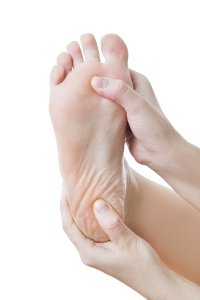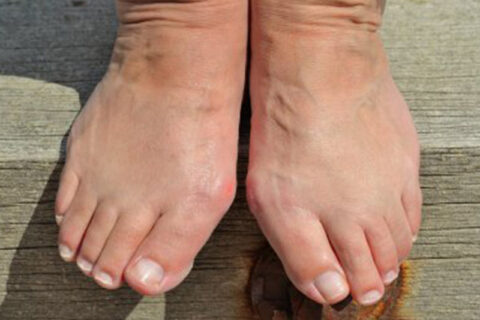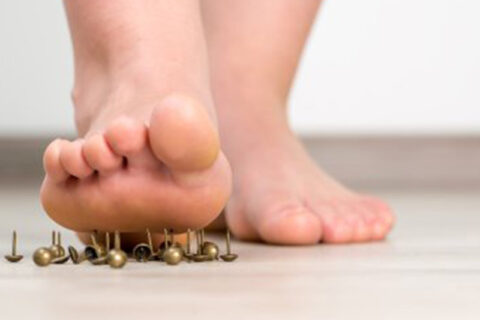Symptoms and Treatments for Ganglion Cysts
Ganglion cysts in Sugar Land are commonly seen benign soft-tissue masses. They develop under the surface of the skin and usually occur on the wrist or on the top of the foot. Keep reading to learn more about the symptoms and treatments for these cysts so you can work with your podiatrist to get rid of them:
A Visible Lump
Ganglion cysts are very visible and tend to look like a knot or a large lump. If you press it with a certain motion, it will move easily beneath the skin. If you notice any unusual lumps on your wrist or your feet, you should schedule an appointment with your doctor to see if it is a ganglion cyst.

A Tingling or Burning Sensation
Ganglion cysts can develop near a nerve, which might cause certain pain and discomfort. If your cyst tingles or burns, it is a sign that it is touching a nerve. Talk to your doctor about the lump and get an exam to find out if it is a ganglion cyst.
A Dull Pain or Ache
These cysts might also rest against a tendon or a joint. If they are located in this position, they might lead to a dull pain or a consistent ache. Do not overlook this discomfort. The cyst might make it uncomfortable to wear shoes, especially if it is in a spot where the shoe touches it easily. If you have any of these symptoms , you should schedule an appointment with your doctor.
Treatment for the Cyst
If your doctor determines that you have a ganglion cyst, there are a few different available treatment options. If your cyst is not painful, the doctor might simply choose to monitor it. He or she might also suggest that you wear different kinds of shoes to try to minimize your discomfort. If your cyst is uncomfortable, the doctor can try to aspirate it by placing a needle inside to drain the fluid. Some people get the cyst again after it is aspirated. If this happens to you, the doctor might want to do surgery to completely remove it.

